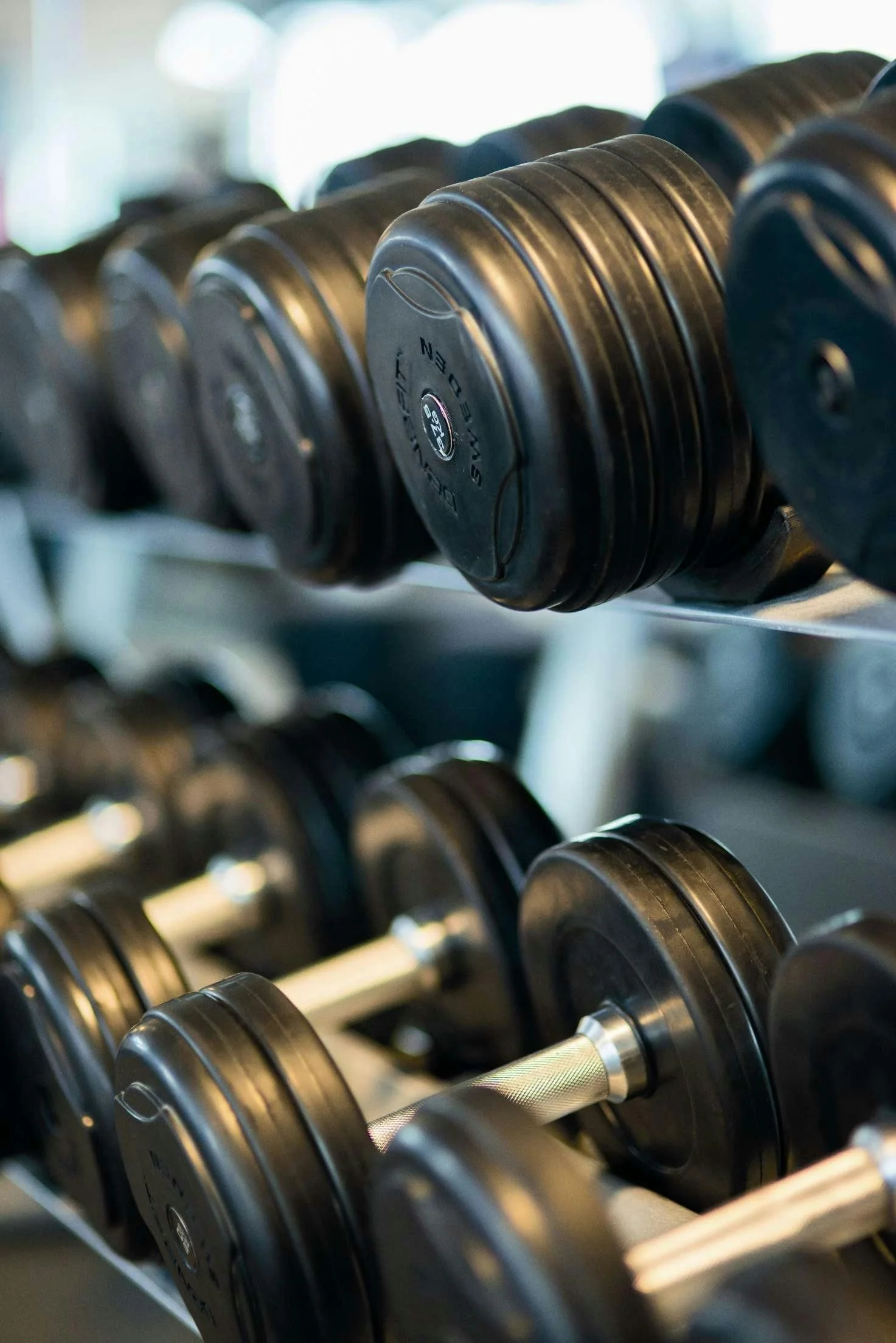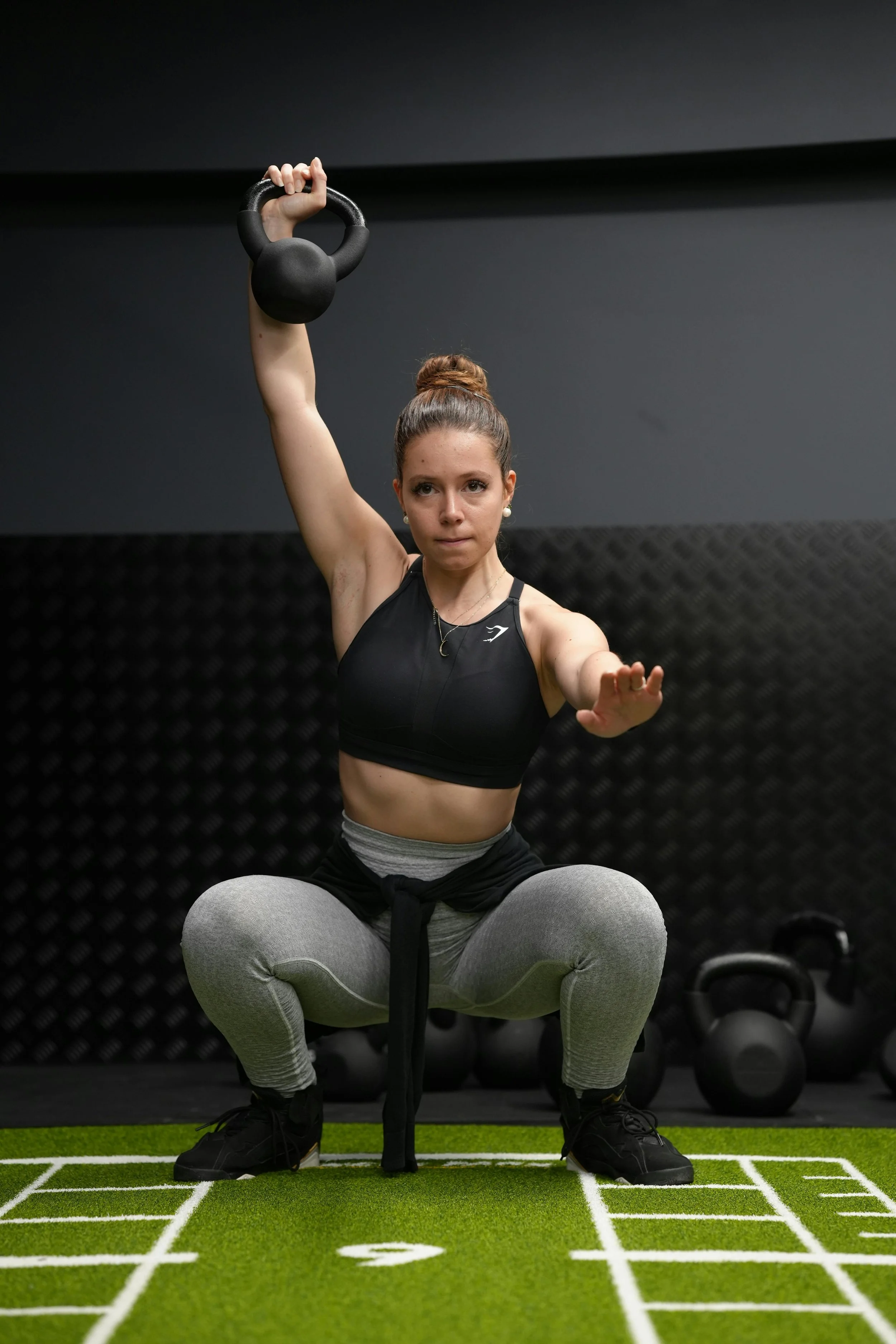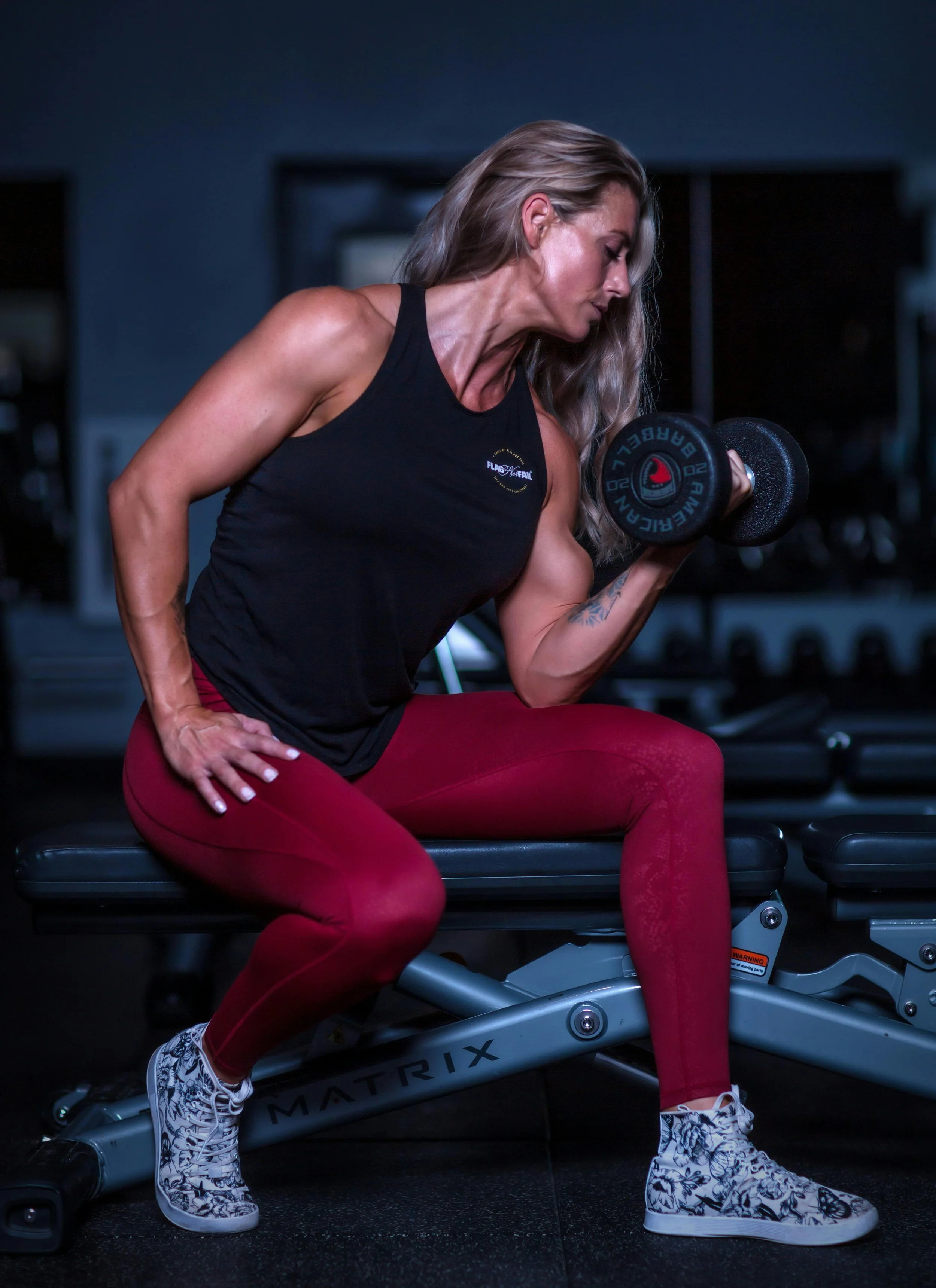
Strength & Conditioning Over 40: A Smart Approach for Men and Women
Looking for expert strength and conditioning guidance in Columbus, Ohio? This article answers the most common questions men and women over 40 ask about getting started with a fitness program. Whether you're wondering if you're too old to lift, how one on one personal training works, or why a certified fitness coach matters, this Q&A breaks it down in plain language. If you're in Columbus and serious about building muscle, losing fat, and staying strong as you age, this is the straight talk you’ve been looking for.

The Overlooked Parallel: How Fitness Mirrors Medicine’s Blind Spots on Women’s Pain
For decades, fitness programs have been designed using male physiology then handed to women as if gender doesn’t matter. But it does. From pain tolerance to injury risk, the data gap in exercise science puts women at risk. This article explores how systemic bias in both medicine and fitness continues to dismiss women’s bodies and what needs to change for real progress, safety, and equity.
